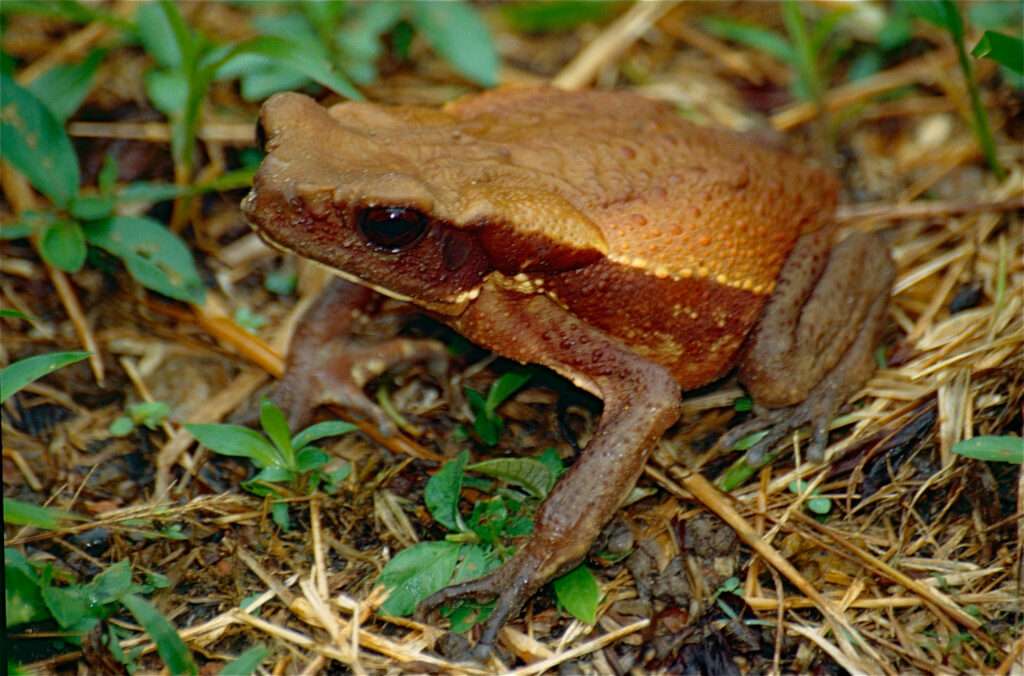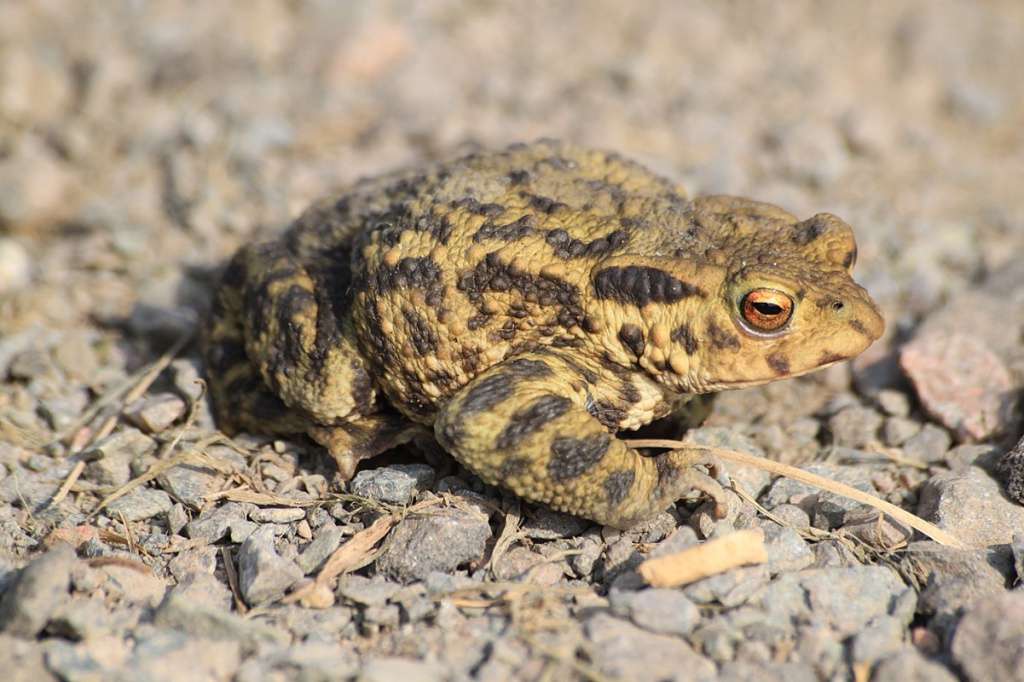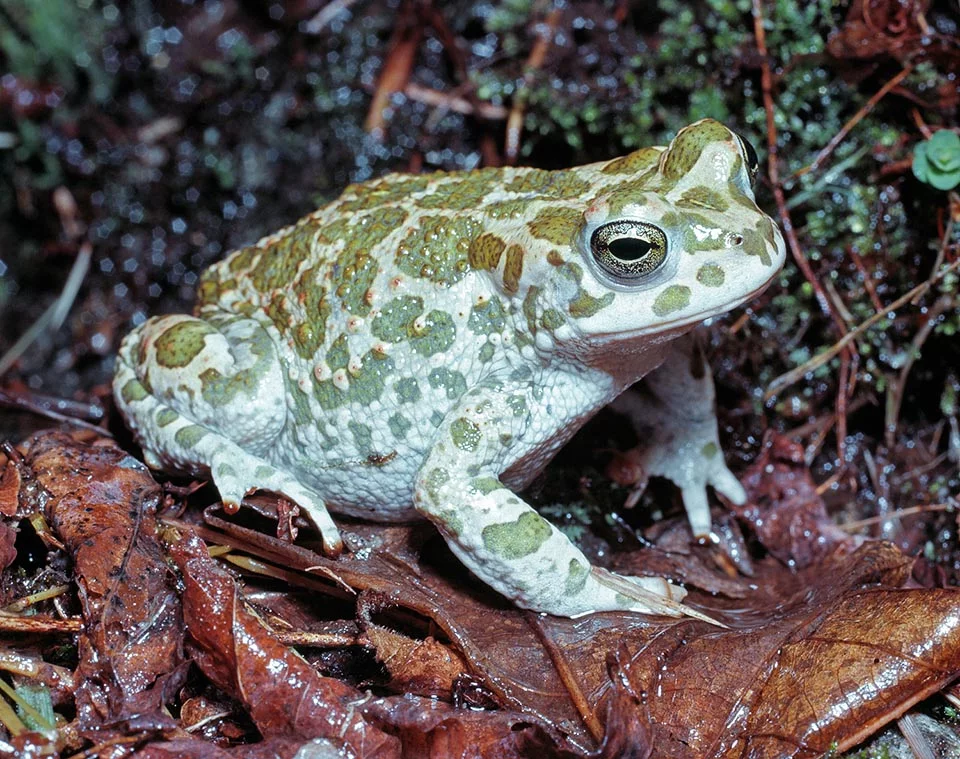
The smooth-sided toad, also known as the Rhaebo guttatus (formerly Bufo guttatus). Rhaebo ecuadorensis, which was first reported in 2012, may be represented by specimens from southern Peru, Bolivia, and Brazil. Brown with a side stripe of deep red. On their underside, they have white patches as well. On their lower backs, some people may have some dark red spots. Offspring lack the red stripe on their flanks and begin life as a light brown colour with bronze speckling on their backs.
Appearance
The snout-vent length of males grows to about 15 cm (5.9 in). The snout-vent length of females can reach 17.4 cm (6.9 in), and possibly even 25 cm (10 in). The dorsal colour ranges from cream to an extremely pale to reddish brown. The colour is darker on the belly. Even in juveniles, the species has a distinctively pronounced preocular ridge. Bufotoxin, a toxin that the smooth-sided toad secretes from a gland behind its eyes, is known to cause heart failure in humans when consumed. The toad’s primary line of defence against predators is this poison.
Habitat
Tropical moist lowland forests, particularly mature gallery forests, are its natural habitats. On the forest floor, it grows on the ground or in thick leaf litter. Loss of habitat is a threat on the local level. The smooth-sided toad inhabits the woods of northern South America, specifically in the countries of Ecuador, Colombia, Guyana, French Guiana, Suriname, Brazil, and Venezuela, where they are frequently observed on the forest floor.

Diet
Smooth-sided toads eat insects and small mammals. The toads at the zoo are fed crickets. They occasionally get cockroaches or earthworms. They receive two weekly meals.
Reproduction
They reproduce in ponds that are both temporary and permanent, some of which the adults dig, while larval development takes place in water. In the Amazonia exhibit at the Smithsonian National Zoo, scientists from the Conservation Biology Institute and Smithsonian National Zoo are researching how this species reproduces. Both transient and permanent bodies of water are suitable for breeding Smooth Sided Toads. Typically, these lakes are found in gallery forests. In the rainy season, adults will sporadically create their own pools of water to breed in. Up to 10,000 eggs can be laid by a female at one time. After being laid, eggs can hatch in about a week and grow into toadlets in around ten weeks. When toadlets metamorphose, their length can range from 1/4″ to 1/2″.
As Pet
Size of Recommended Glass tank
Large and needing at least a 36x18x18 front opening tank or a 40 breeder as adults for numerous animals, smooth-sided toads can be kept in a standard aquarium as little as a 24x18x18 or 20-inch aquarium. They don’t require a complex tank, although they do enjoy soaking in a big corner bowl and hiding in big cork tubes. Either coco fiber or bio bedding can be used to keep them. Also suggested is an 80 degree location for tanning.
Temperature
This species prefers temperatures between 75° and 85° F. To reach these temperatures, a lot of watts of basking light could be added. Use a thermometer to keep tabs on temperatures.
Humidity
The ideal humidity range for terrariums is between 50% and 70%. It’s crucial to offer ventilation in the vivarium since the Smooth Sided Toad needs sufficient air circulation. A good hygrometer can be used to measure humidity.
Table





